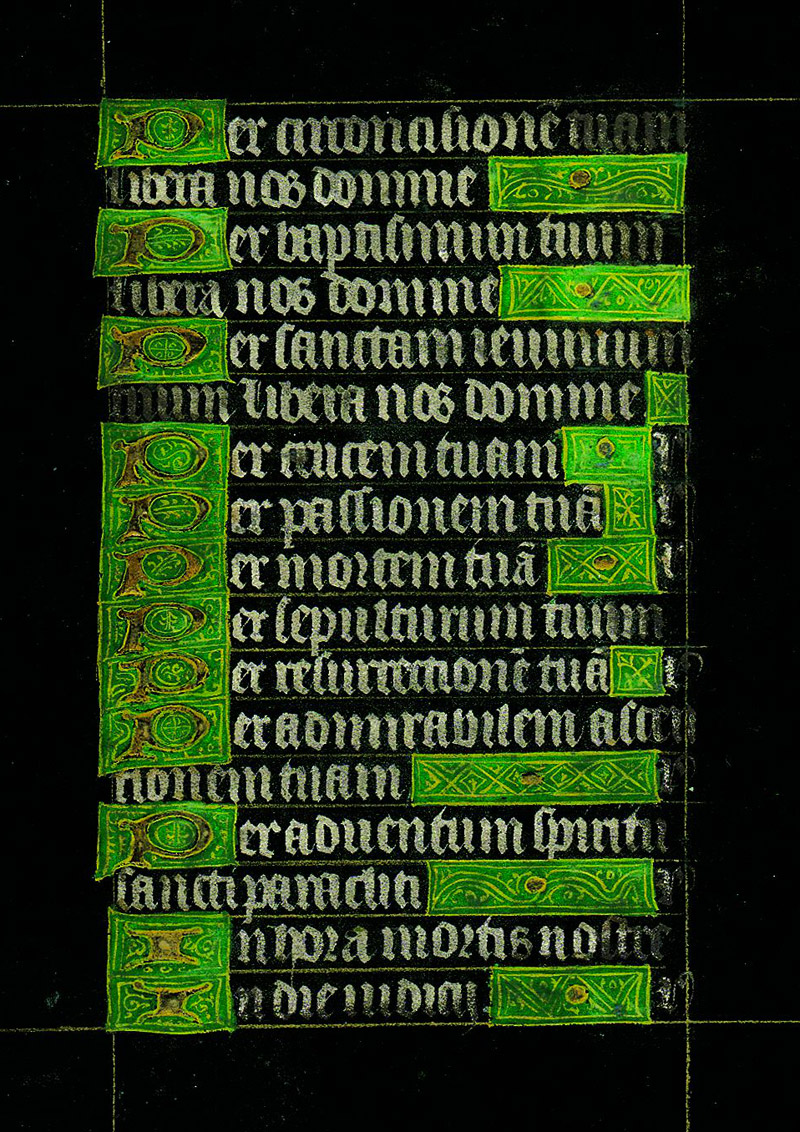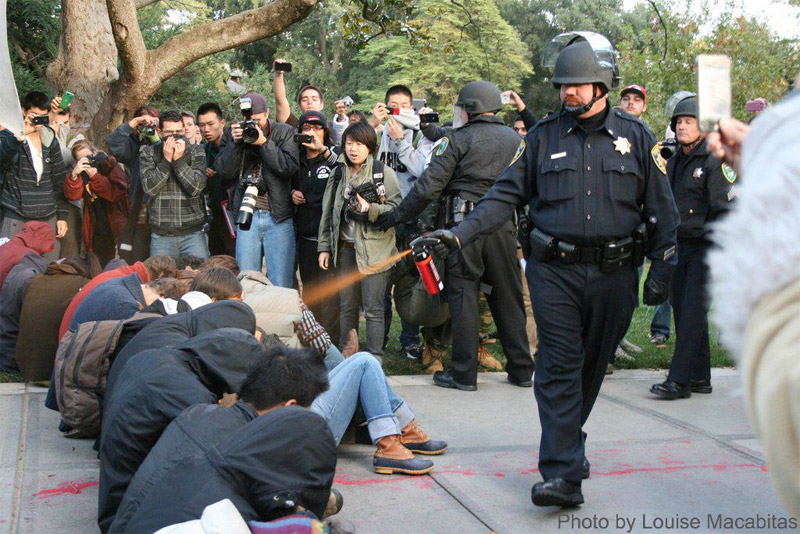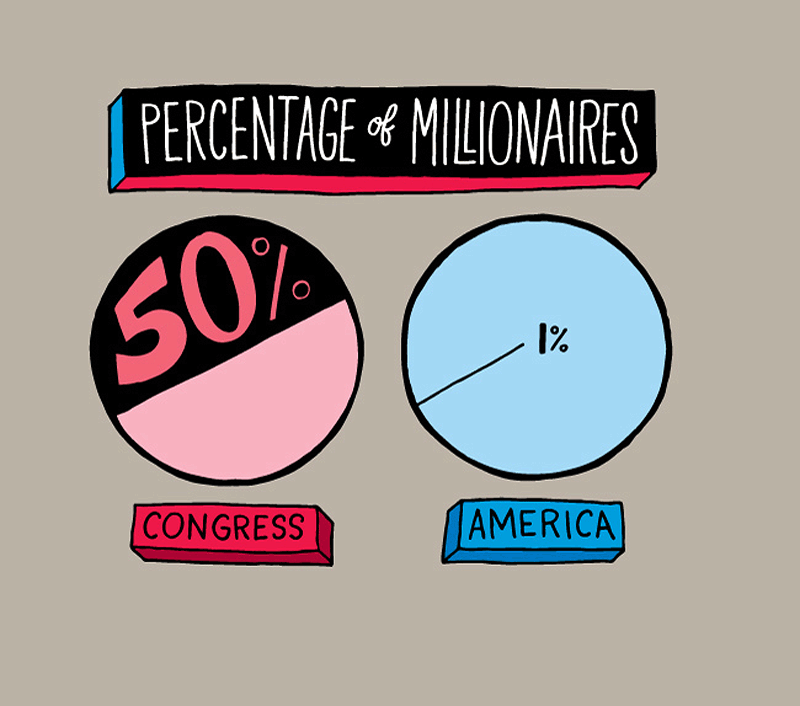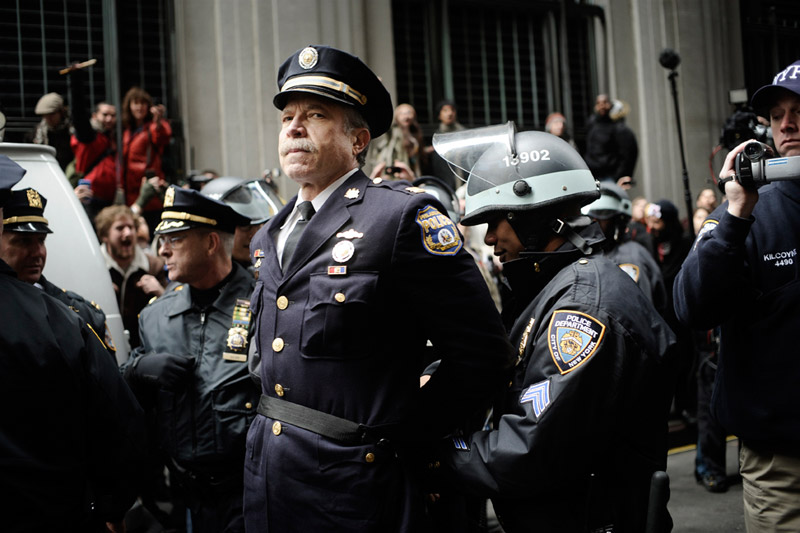Livre d’heures

The Morgan Library and Museum: “The Black Hours”, circa 1470.

The Morgan Library and Museum: “The Black Hours”, circa 1470.

It is of Lt. John Pike walking along a line of University of California at Davis students and acting as if he was spraying Febreze on some smelly hippies. But it isn’t Febreze, it’s pepper spray. The cop looks happy, almost bored as he does this to students who could be my kids, your brothers and sisters or you or me. It’s an image that says it all: I have power and you don’t. I have a job and you don’t. I have rights and you don’t.
Treehugger.com, Lloyd Alter: “This Is The Photo That Will Start A Real Revolution”.
Autres photos de l’incident.
Thinking about the outrage of friends and colleagues, a James Baldwin passage that I’ve read many times came back into my mind. Here’s what he had to say in the New York Times about Jim Clark, an Alabama sheriff and staunch civil rights opponent whose state troopers viciously attacked peaceful protesters.
[Clark] cannot be dismissed as a total monster; I am sure he loves his wife and children and likes to get drunk. One has to assume that he is a man like me… Something awful must have happened to a human being to be able to put a cattle prod against a woman’s breasts. What happens to the woman is ghastly. What happens to the man who does it is in some ways much, much worse.
Baldwin recognized that Clark was merely the endpoint of a system that shaped the sheriff just as it shaped the people the sheriff attacked.
Structures, in the sociological sense, constrain human agency. And for that reason, I see John Pike as a casualty of the system, too. Our police forces have enshrined a paradigm of protest policing that turns local cops into paramilitary forces. Let’s not pretend that Pike is an independent bad actor. Too many incidents around the country attest to the widespread deployment of these tactics. If we vilify Pike, we let the institutions off way too easy.
[…] Instead, it’s a dozen scared kids and a police officer named John Pike spraying them in the face from three feet away. And while it’s his finger pulling the trigger, the police system is what put him in the position to be standing in front of those students. I am sure that he is a man like me, and he didn’t become a cop to shoot history majors with pepper spray. But the current policing paradigm requires that students get shot in the eyes with a chemical weapon if they resist, however peaceably. Someone has to do it.
And while the kids may cough up blood and writhe in pain, what happens to the man who does it is in some ways much, much worse.
The Atlantic, Alexis Madrigal: “Why I Feel Bad for the Pepper-Spraying Policeman, Lt. John Pike”.
BoingBoing, Xeni Jardin: “Police officer pepper-sprays seated, non-violent students at UC”.
@Damien : tu suis le lien, tu vas regarder la vidéo, et tu verras qu’il y avait autre-chose que des journalistes.
ROME, Ga. (CN) - A worker in a plastics plant claims he was fired for refusing to wear a sticker celebrating how many days the plant had been accident-free. He claims he could not wear the number 666 because it’s the Mark of the Beast in Revelations.
Billy E. Hyatt sued Berry Plastics Corp. for retaliation and religious discrimination, in Federal Court.
Hyatt worked on the extrusion line, making flexible packing products.
“Plaintiff’s sincere religious belief as a Christian is that he should not wear any depiction of the number ‘666’ as this number is a representation of Satan and/or that this number is the ‘sign of the beast.’ This belief is based on Revelation 13:18 of the Holy Bible which say that ‘666’ is the ‘mark of the beast,’” according to the complaint.
“Plaintiff[’s] sincere religious belief is that to wear the number 666 would be to accept the mark of the beast and to be condemned to hell.”
The plastics plant keeps a safety calendar recording the number of consecutive accident-free days, and workers wear a sticker bearing the number during their shift.
[…] The plant reached safety day 666 on March 12, 2010, about 2 years and 9 months after Hyatt began working there. He says he asked his boss “for a religious accommodation,” but the boss said “that he was not going to change the safety calendar, that Mr. Hyatt’s beliefs were ridiculous, and that Mr. Hyatt could go to work with a ‘666’ on his safety sticker or face a three (3) day suspension.”
Hyatt says he accepted the 3-day suspension, rather than wear the Mark of the Beast.
On March 17, he says, he was fired for refusing to work on March 12, day 666.
#crétin #chrétien #bête #hexakosioihexekontahexaphobie

La Terre vue à la verticale de Ahunui.
Je trouve Montréal un peu loin de tout. Je n’ose pas imaginer les habitants de Ahunui.
Grand moment de solitude pour la présidente de l’Université de Californie à Davis, Linda Katehi.
Drôle de société quand même, où l’acteur se sent obligé, en permanence, de fimer/photographier a propre action.
(c’est quand même dommage qu’en l’absence de toute perspective politique réelle et concrète, ce mouvement ne changera probablement rien!)
Un podcast très intéressant de France Culture sur le sujet : http://media.radiofrance-podcast.net/podcast09/10078-21.11.2011-ITEMA_20323794-0.mp3
—Tristan
Drôle de société quand même, où l’acteur se sent obligé, en permanence, de fimer/photographier a propre action.
Oui, mais c’est du au fait que la couverture presse est extrêmement limitée, car les grands titres de presse sont souvent à la merci des personnes mises en cause par le mouvement OccupyEverything, soit en tant qu’annonceurs, ou pire, en tant qu’actionnaires.
Il reste donc aux indignés / OccupyEverything de faire sa propre communication, qui se fait principalement sur les médias sociaux et le Web.
—Tristan

Dans le même esprit, d’autres chiffres qui valent le coup d’oeil.

Non, comme voudraient vous faire croire des chroniqueurs canadiens comme Rex Murphy , OWS n’est pas qu’un ramassis d’étudiants crasseux et de clodos.
MSNBC: Retired Police Officer and Occupy Wall Street Participant Ray Lewis on “Up”.
Much of the problem is rooted in a rigid command-and-control hierarchy based on the military model. American police forces are beholden to archaic internal systems of authority whose rules emphasize bureaucratic regulations over conduct on the streets. An officer’s hair length, the shine on his shoes and the condition of his car are more important than whether he treats a burglary victim or a sex worker with dignity and respect. In the interest of “discipline,” too many police bosses treat their frontline officers as dependent children, which helps explain why many of them behave more like juvenile delinquents than mature, competent professionals. It also helps to explain why persistent, patterned misconduct, including racism, sexism, homophobia, brutality, perjury and corruption, do not go away, no matter how many blue-ribbon panels are commissioned or how much training is provided.
External political factors are also to blame, such as the continuing madness of the drug war. Last year police arrested 1.6 million nonviolent drug offenders. In New York City alone almost 50,000 people (overwhelmingly black, Latino or poor) were busted for possession of small amounts of marijuana —some of it, we have recently learned, planted by narcotics officers. The counterproductive response to 9/11, in which the federal government began providing military equipment and training even to some of the smallest rural departments, has fueled the militarization of police forces. Everyday policing is characterized by a SWAT mentality, every other 911 call a military mission. What emerges is a picture of a vital public-safety institution perpetually at war with its own people. The tragic results —raids gone bad, wrong houses hit, innocent people and family pets shot and killed by police— are chronicled in Radley Balko’s excellent 2006 report Overkill: The Rise of Paramilitary Police Raids in America.
It is ironic that those police officers who are busting up the Occupy protesters are themselves victims of the same social ills the demonstrators are combating: corporate greed; the slackening of essential regulatory systems; and the abject failure of all three branches of government to safeguard civil liberties and to protect, if not provide, basic human needs like health, housing, education and more. With cities and states struggling to balance the budget while continuing to deliver public safety, many cops are finding themselves out of work. And, as many Occupy protesters have pointed out, even as police officers help to safeguard the power and profits of the 1 percent, police officers are part of the 99 percent.
The Nation, Norm Stamper (former chief of the Seattle Police Department): “Paramilitary Policing From Seattle to Occupy Wall Street”.
Blah ? Touitter !